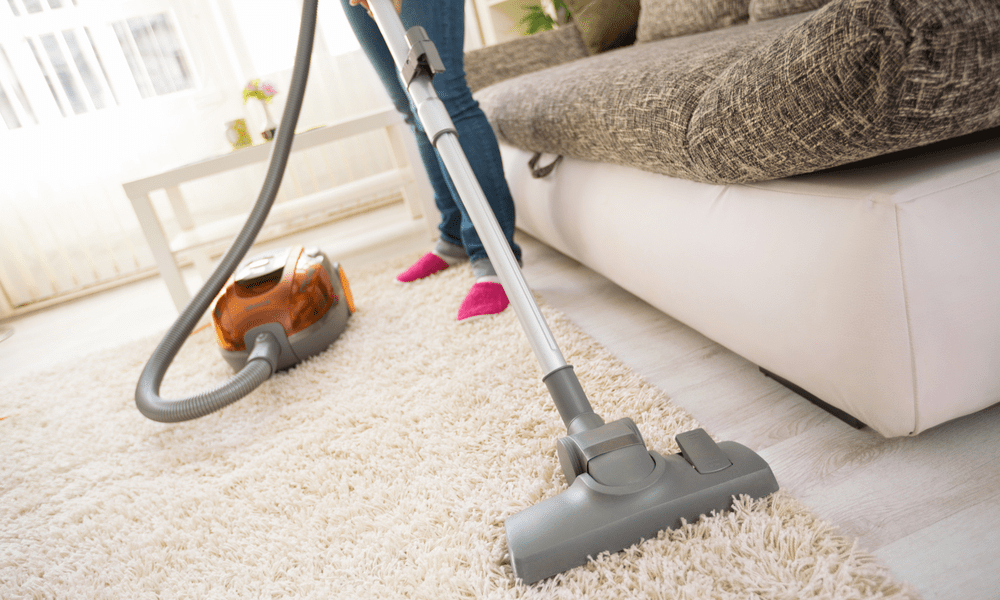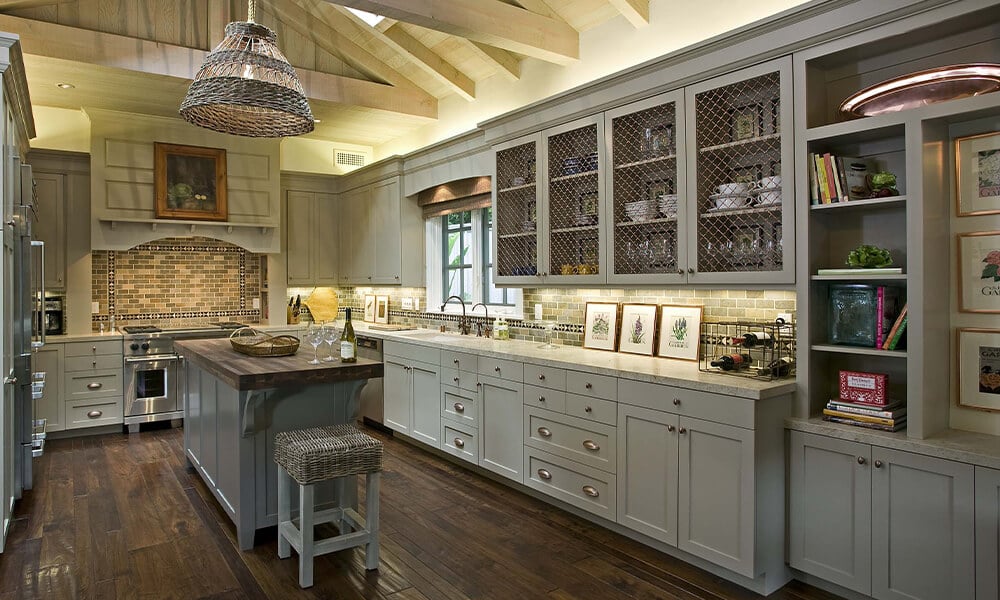Mold is more than an unsightly problem; it can be a silent destroyer of a building’s structural integrity. When left untreated, mold penetrates deeply into walls, floors, and ceilings, gradually compromising the materials that hold your home or building together. Professional mold remediation not only addresses visible mold but also prevents hidden growth that can deteriorate your property over time. Understanding how professional services can protect both health and structure is crucial to long-term building maintenance and safety. If your property shows signs of infestation, mold remediation in Decatur, GA, is a crucial step to preserve the condition of your home.
Why Mold Threatens the Structural Integrity of Buildings
Before diving into the benefits of professional intervention, it’s important to understand how mold damages structures. Mold feeds on organic materials such as wood, drywall, and insulation. As colonies expand, they break down these materials, which can weaken beams, walls, and flooring. Over time, untreated mold can result in sagging ceilings, warped floors, and even foundation problems. Acting early can make a significant difference in avoiding costly structural repairs.
How Mold Impacts Your Health and Your Pet’s Health
Exposure to mold can have serious consequences for both humans and animals, making it essential to understand how mold impacts your health and your pet’s health. In people, mold spores can trigger allergic reactions, respiratory issues, sinus congestion, and even long-term conditions like asthma or chronic bronchitis. Children, the elderly, and individuals with weakened immune systems are especially vulnerable. Pets, too, are at risk—dogs and cats may experience symptoms like sneezing, coughing, excessive scratching, and even breathing difficulties when exposed to mold-contaminated environments. Because pets are closer to the ground, they can ingest or inhale mold spores more frequently than humans. Ignoring mold growth puts everyone in the home at risk, including your furry companions. Taking proactive steps to identify and professionally eliminate mold ensures a safer, healthier living environment for every member of the household.
How Professional Mold Remediation Works
Professional mold remediation follows a comprehensive process that addresses both visible growth and hidden contamination. Experts begin by identifying the extent of mold infiltration using tools such as moisture meters and infrared imaging. Once the source of moisture is eliminated, affected areas are sealed off to prevent cross-contamination. Specialized filtration equipment, such as HEPA vacuums and air scrubbers, is used to cleanse the air and remove spores. Contaminated materials that cannot be salvaged are removed, and remaining surfaces are thoroughly treated and dried to prevent recurrence.
Professional remediation ensures that mold is not just cleaned on the surface but eradicated at its roots, which is essential for safeguarding the building’s internal framework.
Additional Risks of Mold: Beyond the Structure
Studies and expert guidelines continue to explore the question of whether mold can cause health problems or not, with evidence showing that mold exposure can contribute to a range of respiratory and allergic reactions. In addition to structural decay, mold poses serious health concerns that can affect anyone in the building. While this article focuses on physical integrity, it’s impossible to ignore the connection between mold and health. As mold spreads, it releases spores and mycotoxins that can aggravate respiratory issues, trigger allergies, and impact immune systems. Addressing mold is not just a maintenance issue but a necessary step in protecting occupants’ well-being.
Why Professional Services Are Non-Negotiable
Attempting to handle mold without proper knowledge or tools often results in partial removal, allowing mold to return.
Professionals understand how moisture travels within walls and under flooring, and they follow a strict protocol that includes containment, air quality control, and material restoration. This methodical approach not only removes existing mold but also prevents its return. Protecting your property’s structure is not just about what can be seen, but about addressing what lies beneath surfaces, in attics, crawl spaces, and between walls.
Conclusion
Mold is not a minor inconvenience—it is a significant threat to both property and health. Professional mold remediation is essential for preserving the structural integrity of your home or business, eliminating hidden colonies, and preventing future infestations. By addressing the root causes and employing specialized techniques, professional services offer lasting protection that do-it-yourself efforts simply cannot match. When it comes to maintaining a safe and stable structure, investing in expert remediation is a proactive and essential choice.














